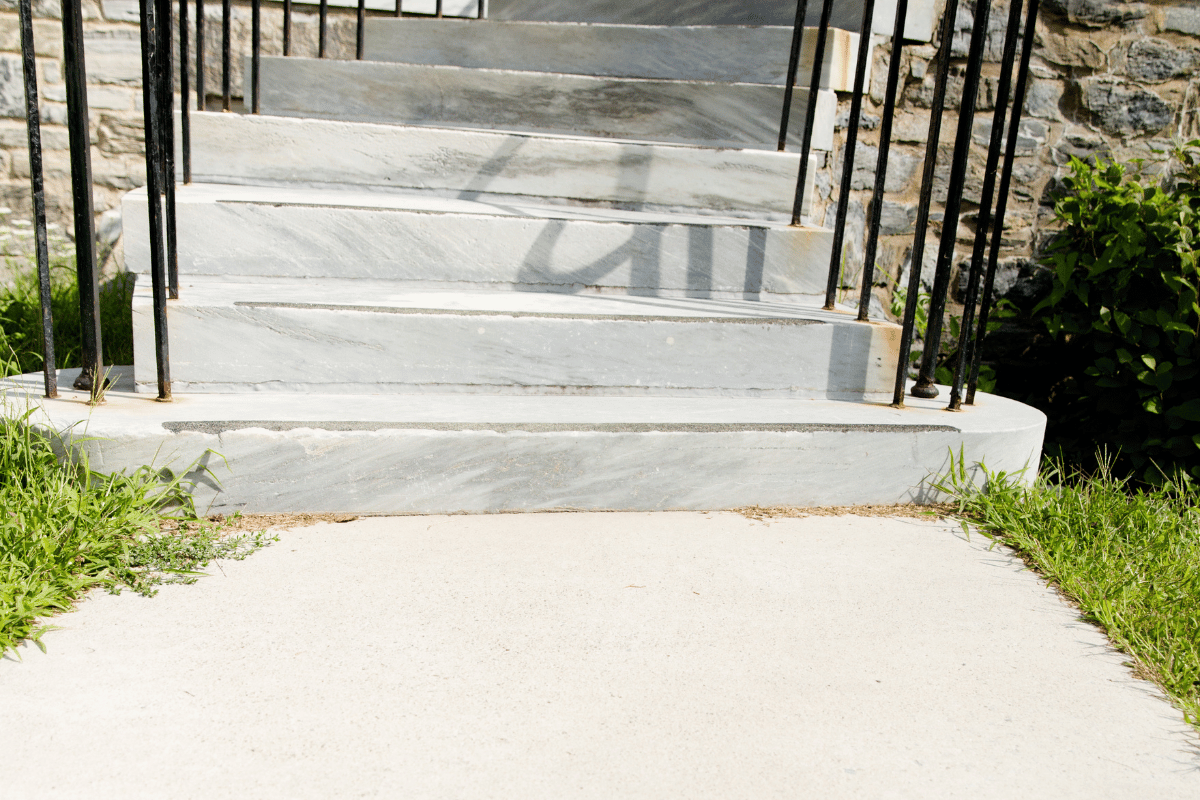Concrete steps are a common feature in many homes and businesses. They are durable, long-lasting, and can withstand heavy foot traffic. However, like any other construction material, concrete is subject to wear and tear over time. If left unchecked, cracks and chips can turn into more serious damage, creating safety hazards and decreasing the curb appeal of your property. In this comprehensive guide, we will explore the various types of concrete step repair, the causes of concrete step damage, and tips for preventing future damage.
Types of Concrete Step Repair
There are several ways to repair concrete steps, and the most suitable method depends on the extent of the damage. Here are some of the most common types of concrete step repair:
- Resurfacing: This method involves applying a new layer of concrete over the damaged surface. Resurfacing is ideal for steps with minor surface damage, such as small cracks or chips. It is a cost-effective way to restore the appearance of the steps without having to replace them.
- Patching: If the damage is more severe, patching may be necessary. This involves filling in the damaged area with new concrete. Patching is a good option for steps with deep cracks or holes.
- Replacement: If the damage is extensive or the steps are old and deteriorated, replacement may be the only option. This involves removing the existing steps and pouring new concrete. Replacement is the most expensive option but is necessary for safety reasons.
Causes of Concrete Step Damage
Understanding the causes of concrete step damage is key to preventing future damage. Here are some of the most common causes of concrete step damage:
- Weathering: Exposure to the elements can cause concrete to crack and chip over time. Extreme temperatures, moisture, and freeze-thaw cycles can all contribute to weathering.
- Heavy foot traffic: Steps that receive heavy foot traffic are more prone to damage than those that don’t. Over time, the constant weight and impact of feet can cause the concrete to wear down.
- Chemical damage: Exposure to chemicals such as de-icing salts and cleaning products can cause concrete to deteriorate.
- Poor installation: Concrete steps that were not properly installed are more likely to crack and shift over time.
Preventing Future Damage
While it is not possible to completely prevent concrete step damage, there are several steps you can take to minimize the risk. Here are some tips for preventing future damage:
- Keep the steps clean: Regular cleaning can help prevent the buildup of dirt, debris, and chemicals that can damage the concrete.
- Use a sealant: Applying a sealant can help protect the concrete from moisture and other environmental factors.
- Fix damage promptly: Addressing minor damage as soon as possible can prevent it from turning into more serious damage.
- Hire a professional: Proper installation and repair require the expertise of a professional. Hiring a qualified contractor can help ensure that the job is done correctly and safely.
Conclusion
Concrete steps are an important feature of many homes and businesses. With proper maintenance and repair, they can provide years of reliable service. If you notice signs of damage, such as cracks or chips, it is important to address them promptly to prevent further damage and ensure the safety of those using the steps. Whether you choose to resurface, patch, or replace your concrete steps, hiring a professional can help ensure that the job is done right. By following the tips outlined in this guide, you can help prevent future damage and keep your concrete steps looking and functioning their best.


Recent Comments